
- For PC
- For MAC
- For Linux
- OS: Windows 10 (64 bit)
- Processor: Dual-Core 2.2 GHz
- Memory: 4GB
- Video Card: DirectX 11 level video card: AMD Radeon 77XX / NVIDIA GeForce GTX 660. The minimum supported resolution for the game is 720p.
- Network: Broadband Internet connection
- Hard Drive: 22.1 GB (Minimal client)
- OS: Windows 10/11 (64 bit)
- Processor: Intel Core i5 or Ryzen 5 3600 and better
- Memory: 16 GB and more
- Video Card: DirectX 11 level video card or higher and drivers: Nvidia GeForce 1060 and higher, Radeon RX 570 and higher
- Network: Broadband Internet connection
- Hard Drive: 62.2 GB (Full client)
- OS: Mac OS Big Sur 11.0 or newer
- Processor: Core i5, minimum 2.2GHz (Intel Xeon is not supported)
- Memory: 6 GB
- Video Card: Intel Iris Pro 5200 (Mac), or analog from AMD/Nvidia for Mac. Minimum supported resolution for the game is 720p with Metal support.
- Network: Broadband Internet connection
- Hard Drive: 22.1 GB (Minimal client)
- OS: Mac OS Big Sur 11.0 or newer
- Processor: Core i7 (Intel Xeon is not supported)
- Memory: 8 GB
- Video Card: Radeon Vega II or higher with Metal support.
- Network: Broadband Internet connection
- Hard Drive: 62.2 GB (Full client)
- OS: Most modern 64bit Linux distributions
- Processor: Dual-Core 2.4 GHz
- Memory: 4 GB
- Video Card: NVIDIA 660 with latest proprietary drivers (not older than 6 months) / similar AMD with latest proprietary drivers (not older than 6 months; the minimum supported resolution for the game is 720p) with Vulkan support.
- Network: Broadband Internet connection
- Hard Drive: 22.1 GB (Minimal client)
- OS: Ubuntu 20.04 64bit
- Processor: Intel Core i7
- Memory: 16 GB
- Video Card: NVIDIA 1060 with latest proprietary drivers (not older than 6 months) / similar AMD (Radeon RX 570) with latest proprietary drivers (not older than 6 months) with Vulkan support.
- Network: Broadband Internet connection
- Hard Drive: 62.2 GB (Full client)
We’re about to update our graphical Dagor Engine to version 6.5. Today we would like to talk about new capabilities of surface rendering in the War Thunder game environment.
In one of the previous updates of the Dagor graphics engine, we transferred the War Thunder graphics physically based rendering. We talked in detail about the principles of material differentiation and their physical parameters that the Dagor Engine deals with when rendering surfaces, as well as the principles for calculating the reflectivity of various surfaces within a complex physical model.
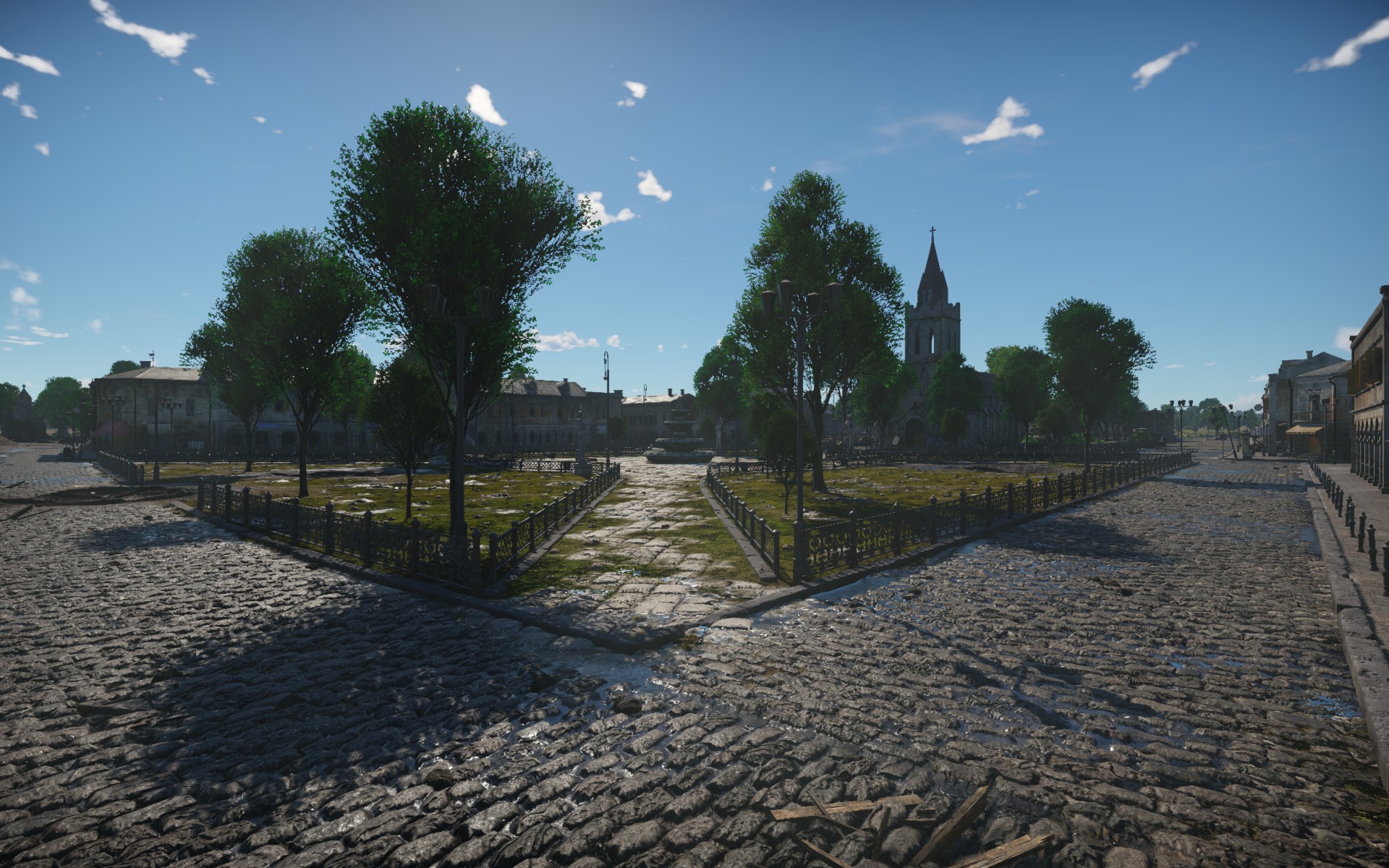
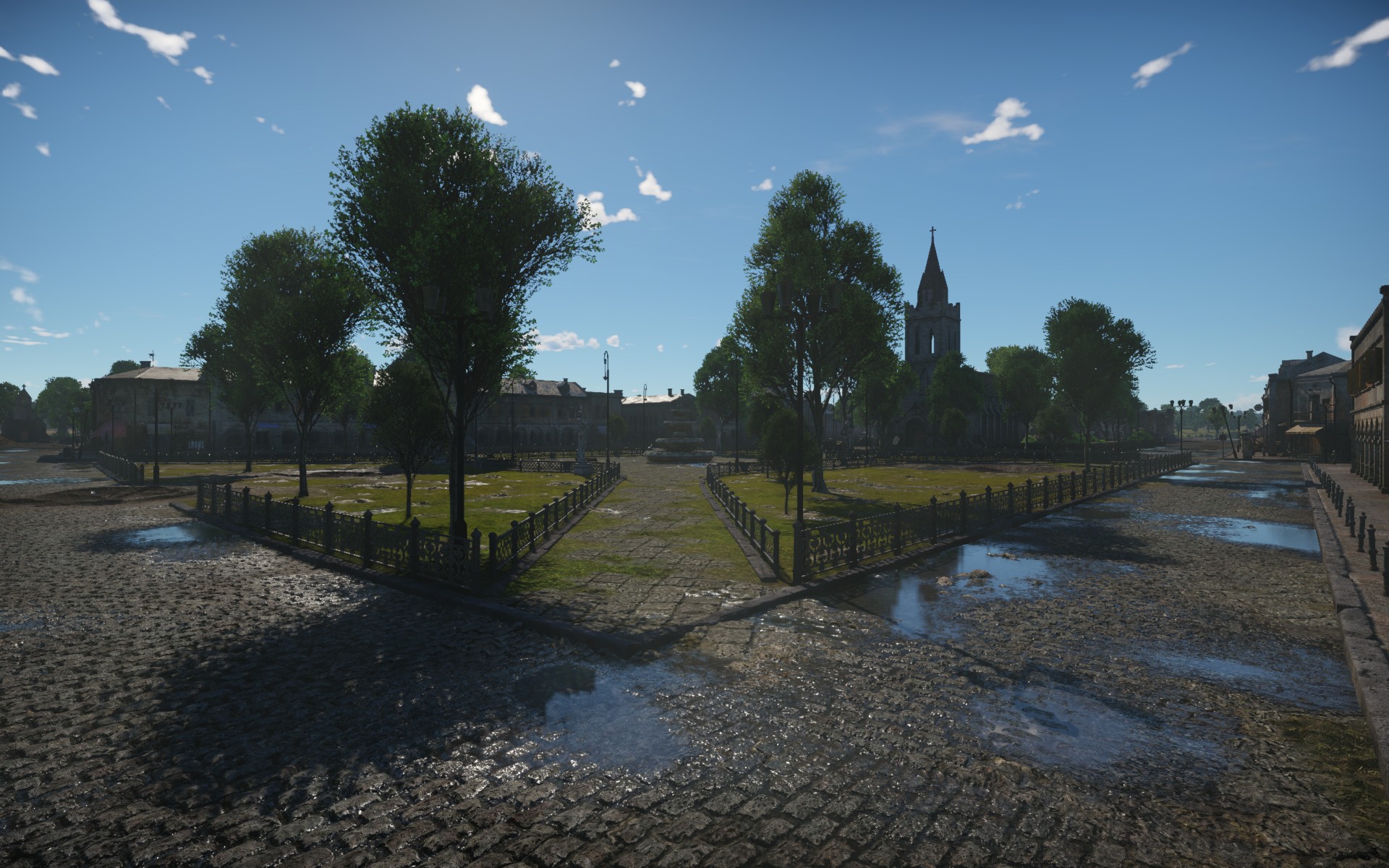
Despite the complexity of the global illumination and light reflection models, rendering allows certain assumptions. In reality, natural soil surfaces feature a very heterogeneous ability to reflect and scatter light. Such surfaces are very textured, so direct light, repeatedly reflected from the edges of soil particles, continuously refracted and creating a myriad of microshadows, is actually absorbed by them. On more reflective land surfaces - such as snow, sand, rocks, and gravel - light reflects and scatters in the same way, but in this case, a significant part of the direct light is reflected onto surrounding objects. Previously, the surfaces of the War Thunder game environment had the following properties: albedo, roughness, micro normality, metallicity and a translucency. The translucency parameter was responsible for the partial absorption of direct sunlight in order to harmonize the parameters of materials for dynamic global illumination in real time, and achieve realistic looking scenarios in shading, reflection and the scattering of light. The ability to reflect light for all dielectrics was considered constant at 4%, like most dielectrics in the real world. But to more accurately materialize surface properties, it is desirable to have such parameters as reflectance (the ability of the surface to reflect, rather than scatter light), and visibility - the percentage of visible light, taking into account the surrounding microsurface, apart from the model’s geometry.
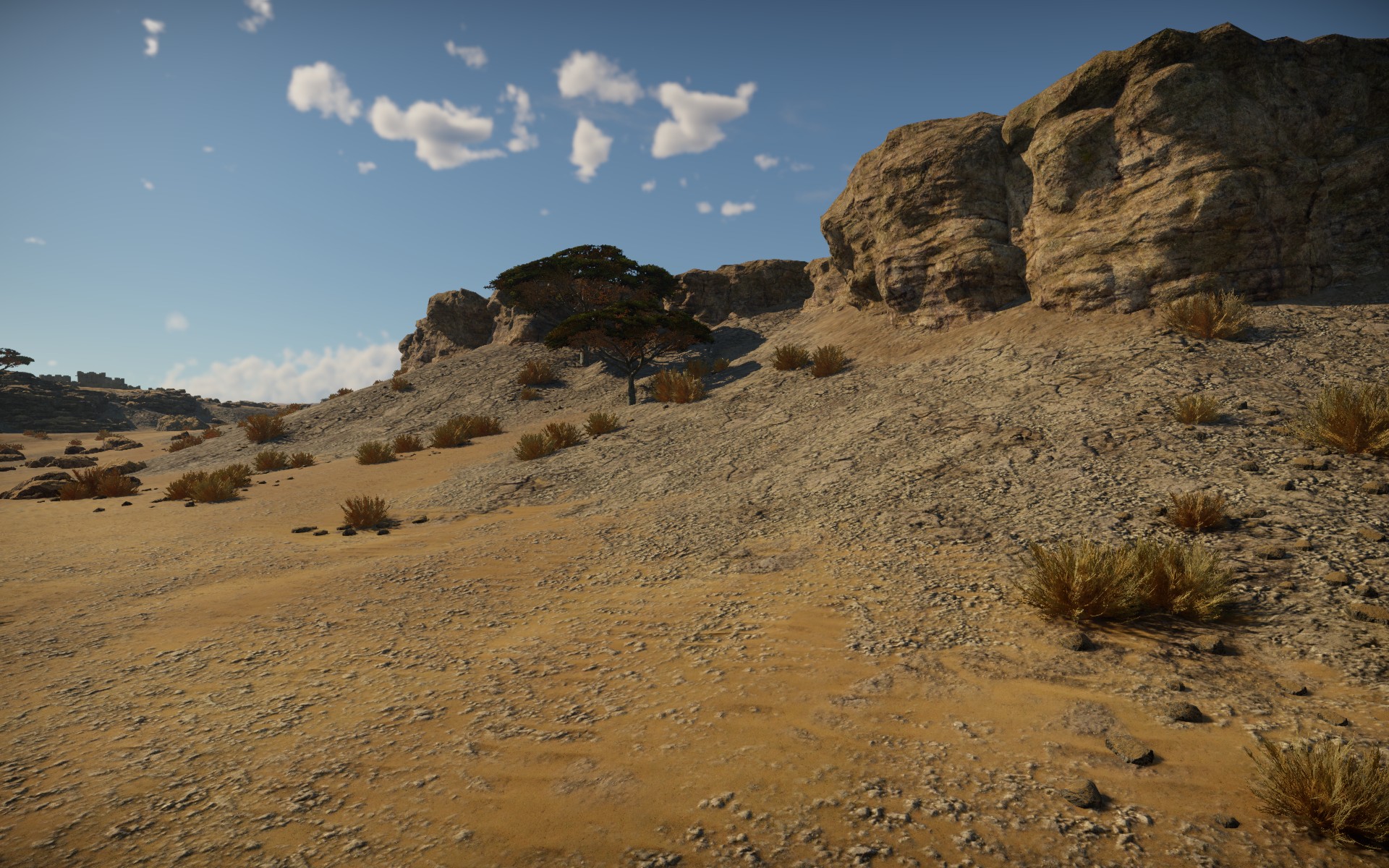

The Dagor Engine 6.0 allowed us to introduce these parameters into the calculation model, but the details of the environment textures themselves were not in the game, both for technical reasons (client’s size), and because of the fact that many environmental textures were made on previous versions of the Dagor Engine . As a result of this assumption, we were not able to reliably materialize the details of the textures from various surfaces. In addition, artifacts caused by the effect of the translucency map were sometimes observed - for example, an unnatural appearance of grass-covered hills when viewed against the sun.
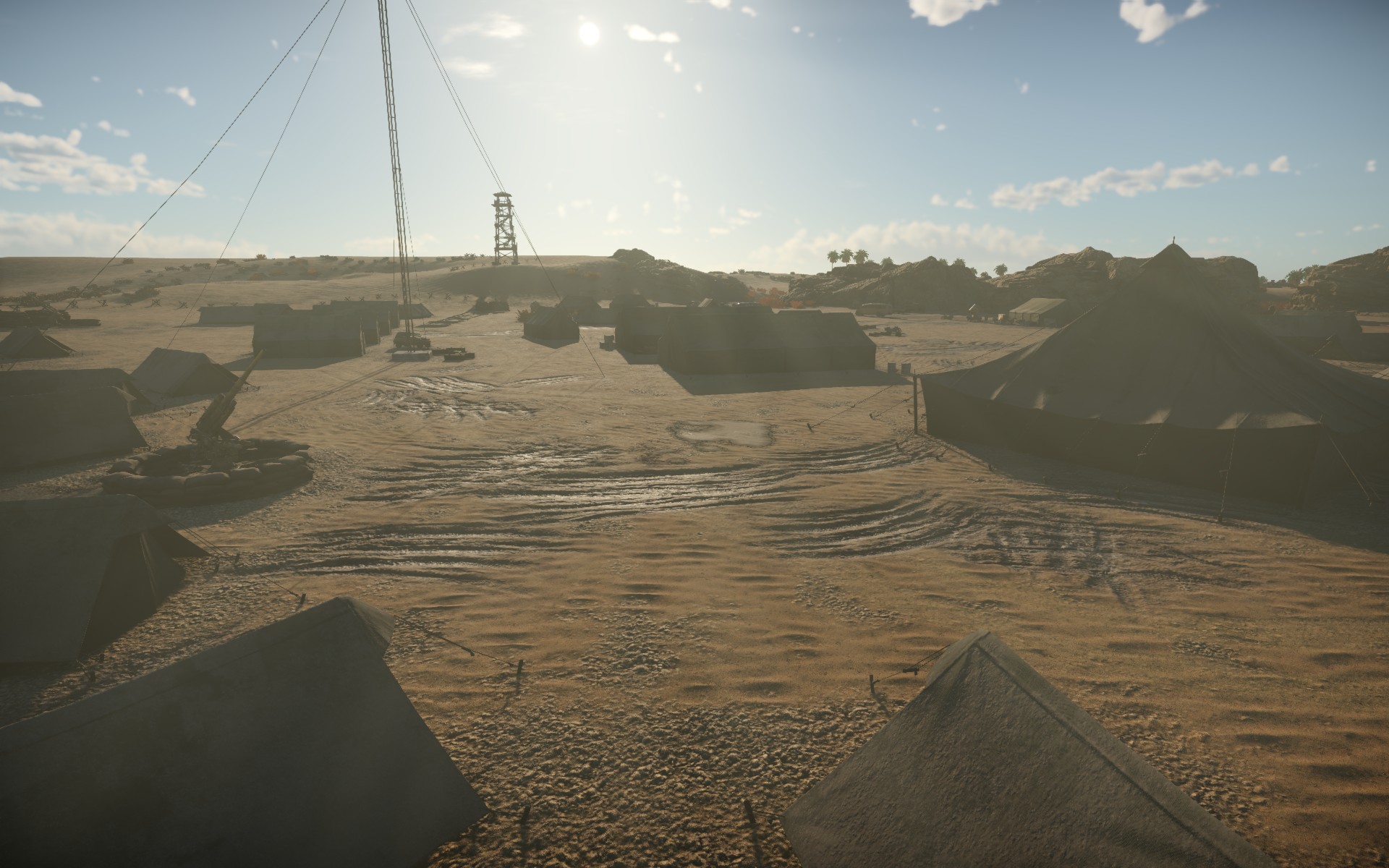
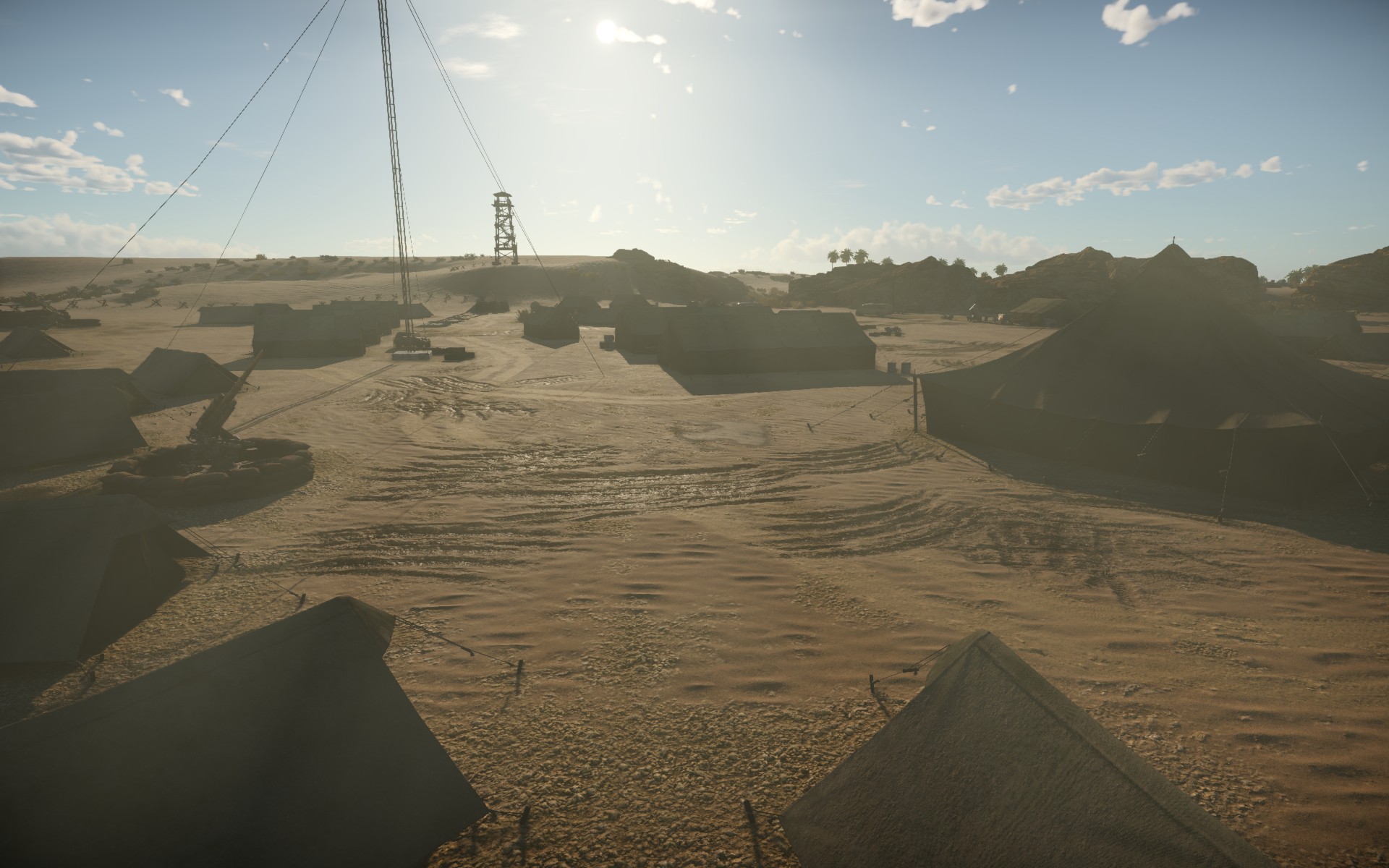
In the Dagor Engine version 6.5 we have moved to completely reliable reflections from the texture elements of various surfaces, and also introduce microshadows. These algorithms perfectly complement the displacement mapping technology that is used to create War Thunder locations. At the same time, we have updated the ambient occlusion for all types of surfaces in the game, due to which the appearance of the ground and objects of the game environment in locations has been noticeably improved.
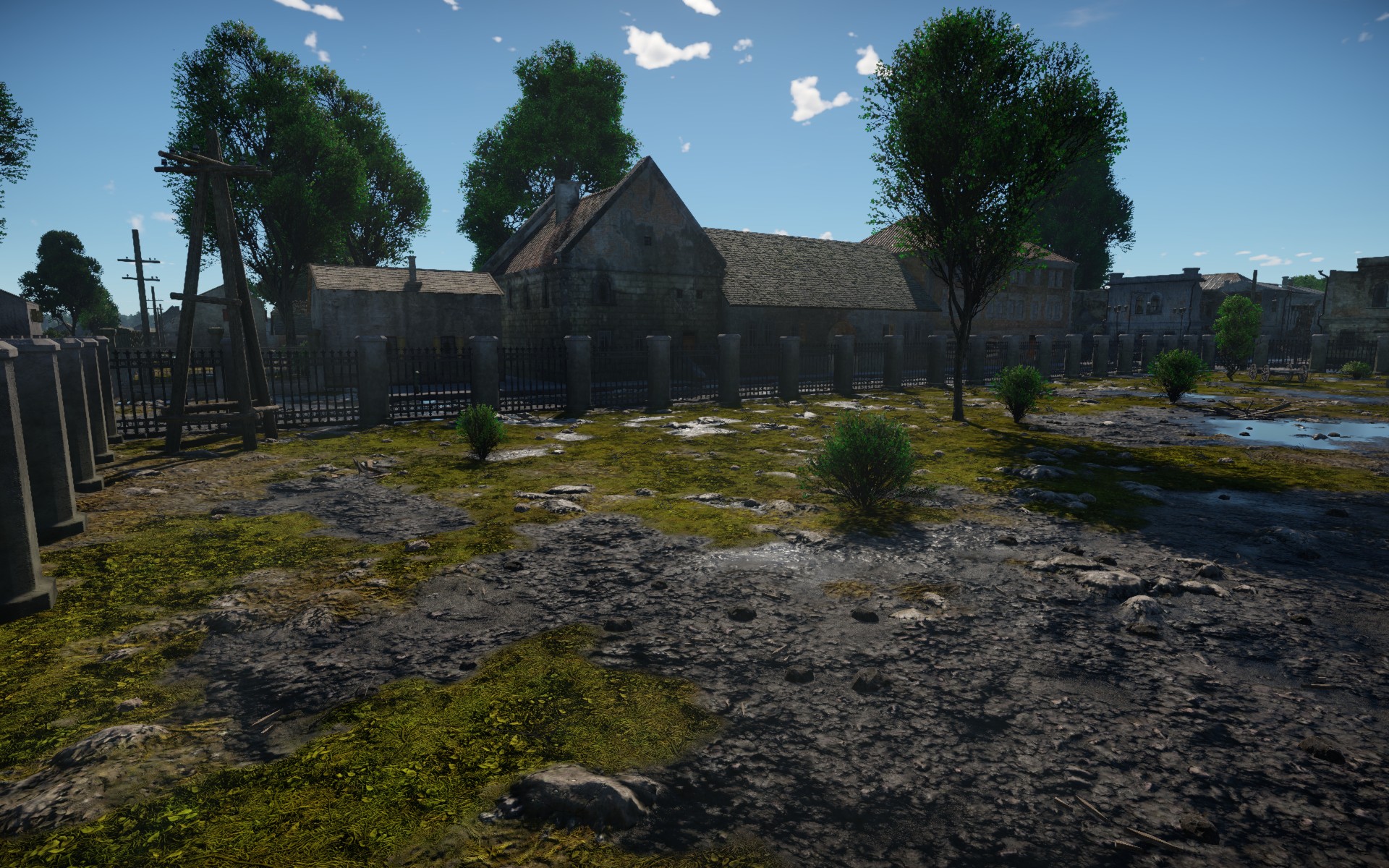
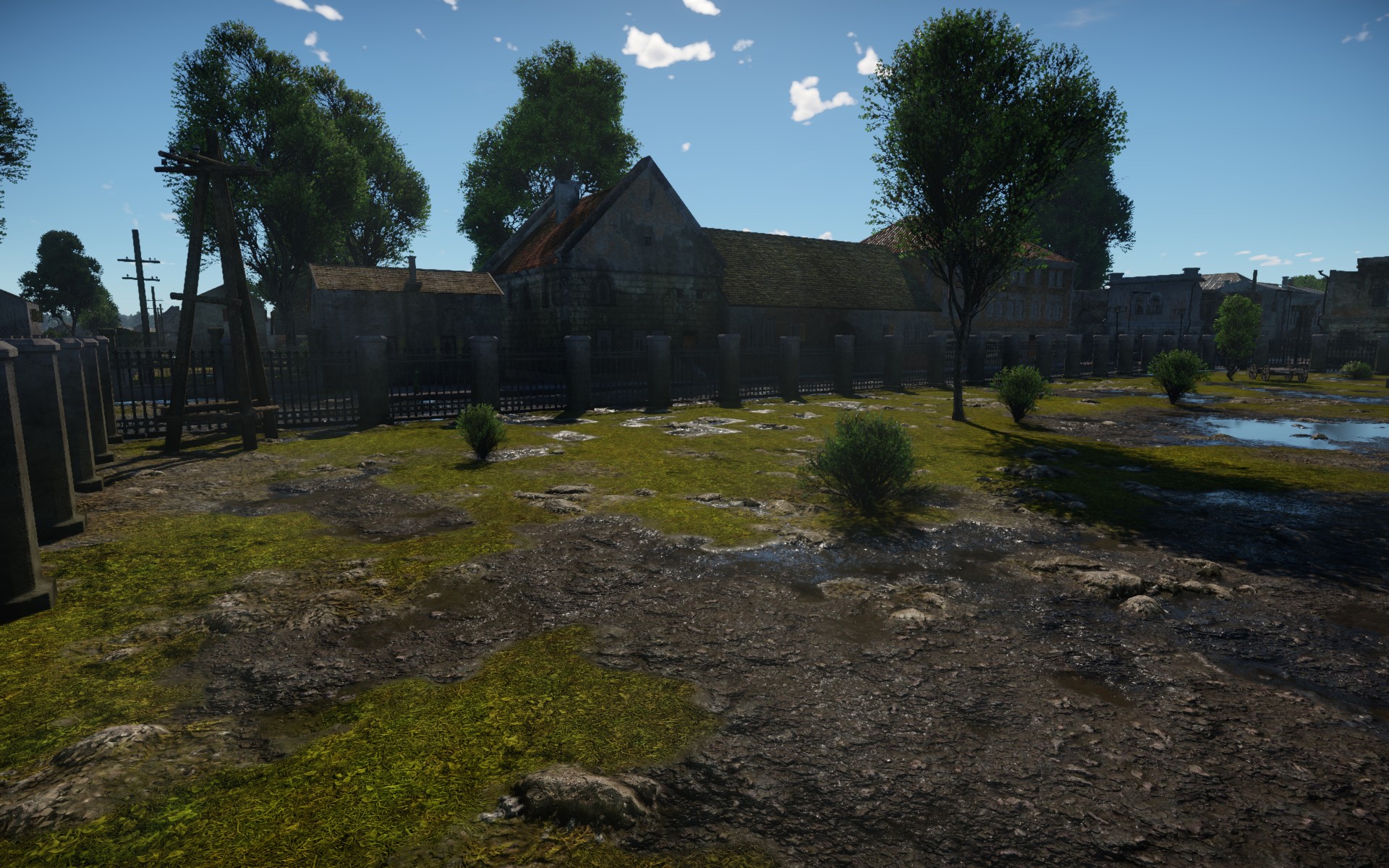
Each of the locations’ elements - from the smallest pebble to a huge rock - now reliably reflects light with the edges of its textured surface and creates realistic shadows. These micro reflections and micro shadows interact in the global illumination system and make War Thunder locations even more authentic. Together with the actual land surfaces and objects of the environment, the appearance of puddles, clods of dirt, traces of tracks on the ground, sand and snow have also been improved.
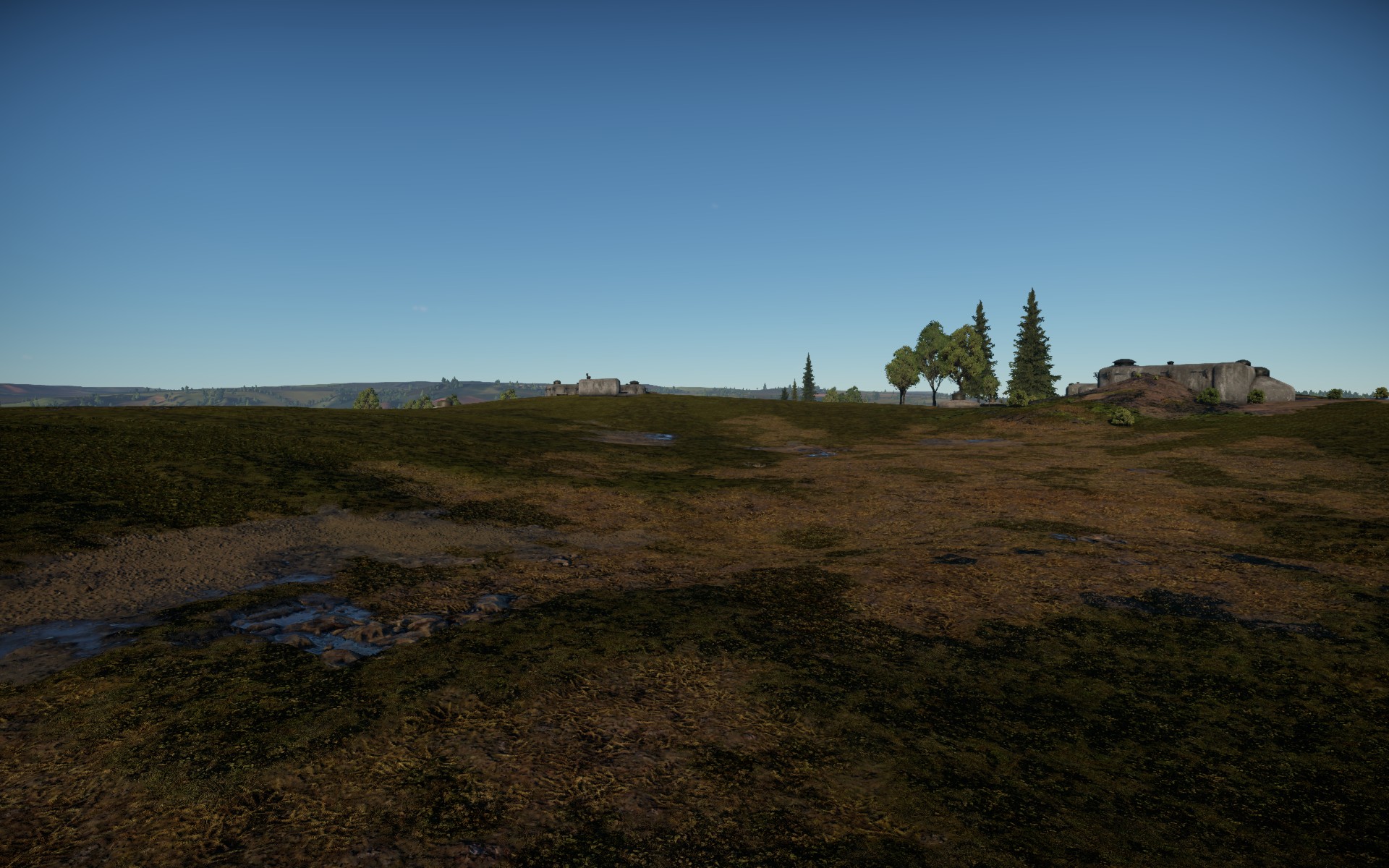
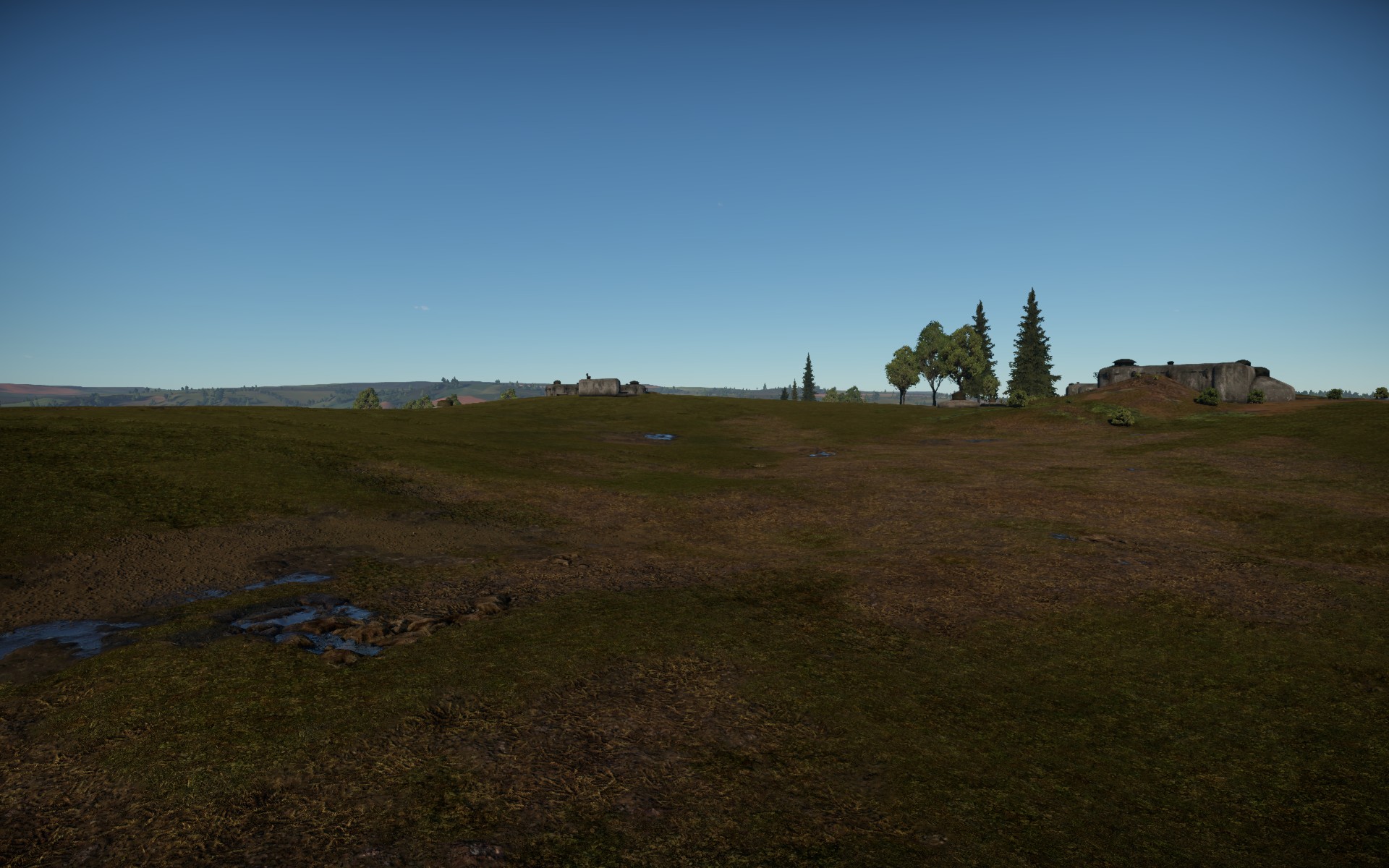
From the upcoming Developers Diaries you will know more cool stuff about new graphical features and options in the improved Dagor Engine 6.5. Stay tuned, be the first to know the news!



